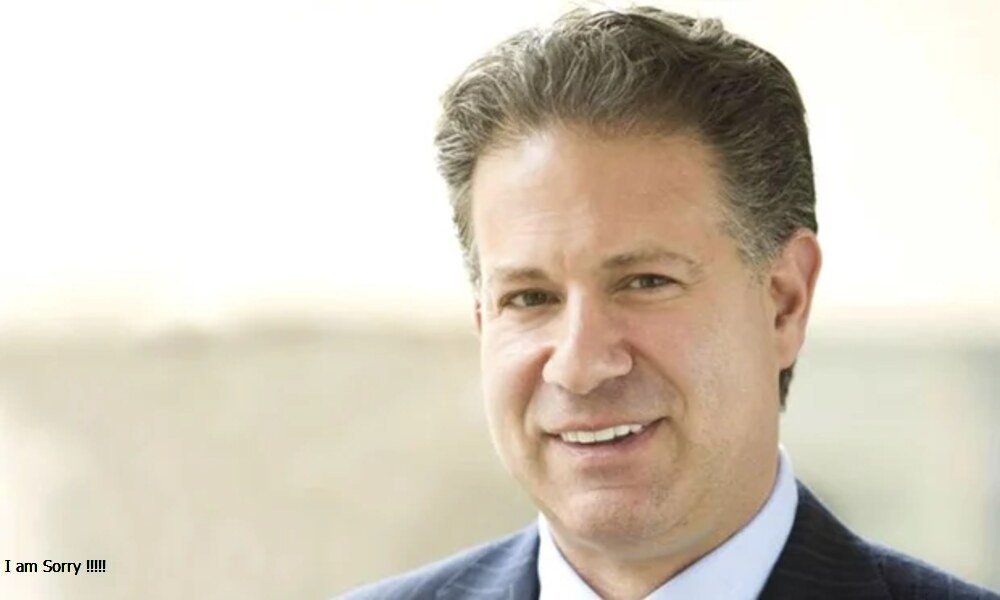Most brands want to be liked.
That’s the problem.
In a market flooded with friendly neutrals, pastel packaging, and watered-down copywriting, the last thing the world needs is another brand trying to be agreeable.
Some of the most magnetic brands in the world are divisive. They turn heads. They make some people uncomfortable. And they’re unforgettable.
Why? Because offense — when wielded with intention — is often a symptom of honesty. Of clarity. Of vision.
If your brand never risks offending anyone, it’s probably not saying much at all.
Being Bold ≠ Being Reckless
Let’s get something clear: this isn’t about being offensive for shock value.
You’re not trying to be cruel, crude, or tone-deaf. You’re trying to tell the truth — in a way that makes people sit up and pay attention.
That truth might ruffle feathers.
It might challenge assumptions. It might not land with everyone.
But that’s not your job. Your job is to resonate deeply with someone — not blandly with everyone.
Brands That Offend (And Win)
Here’s a quick scan of brands that ruffled corporate feathers — and walked away with cult-like loyalty:
- Cards Against Humanity: Offensive is the entire point. They went so far as to sell nothing for $5 on Black Friday — and made over $70,000 in donations from it. They mock consumerism and political correctness while inviting customers to laugh with them, not at them.
- Dove’s “Real Beauty” campaign: Offensive to the beauty industry’s standards. They showed real, unretouched bodies in their ads. Many found it too raw. But that realness cut through — and built fierce customer loyalty.
- Oatly: They’ve openly trolled the dairy industry with messaging like “It’s like milk, but made for humans.” That line offended the milk lobby so much they sued. Oatly turned the lawsuit into more marketing gold.
Being a little offensive — if rooted in truth — can become a badge of authenticity. A rally cry. A sharp signal.
You Don’t Need to Be Safe. You Need to Be Specific.
Vanilla doesn’t stick. And in branding, being “polite” often means being forgettable.
Let’s say you sell candy. On your custom candy labels, you could write:
“Unwrap and enjoy the sweetest treat.”
Yawn.
But what if your box says:
“Candy for people who hate small talk.”
Now we’re talking.
Not everyone will like it. But some people will love it.
They’ll feel seen.
They’ll tell their friends.
They’ll become evangelists.
And that’s worth a thousand passive likes.
Packaging Is Your First Line of Boldness
The most subversive messages are often hiding in plain sight — right on the box.
Want to challenge industry norms? Print it.
Want to tell your real story? Don’t bury it in your About page — put it on the label. Want to provoke curiosity? Be weird on purpose.
Example:
Imagine a honey lotion brand whose custom honey label reads:
“We test on people, not bunnies. Your sister volunteered.”
Or a hot sauce company with bold lettering on their hot sauce labels:
“Smells like that one ex you still dream about.”
You’ve crossed into conversation starter territory. Which is exactly where you want to be.
The Power of Alienating the Wrong Customer
This one’s tough for a lot of business owners.
It feels counterintuitive to push people away. But if your brand isn’t for someone — say so.
Because when you clearly repel the wrong people, you create a tighter bond with the right ones.
Think of it like this:
- Your loud tone might offend a corporate buyer — but delight a young artist.
- Your no-BS packaging might lose the minimalists — but win over Gen Z consumers tired of fakery.
- Your brash label might turn off traditionalists — but resonate with your tribe, who’s tired of rules.
Every “no” clears the way for the “hell yes” customers to find you faster.
Ask Yourself: What Truth Are You Afraid to Say?
This is where it gets real.
What would you write on your packaging if you weren’t afraid of judgment?
- That the wellness industry is full of lies?
- That you made this product for people who hate networking events?
- That you were broke and anxious when you started — and you designed this for people who feel the same?
Say it. Print it. Claim it.
Because the thing you’re nervous to admit? It’s probably the exact thing your ideal customer is dying to hear.
Where to Start: Small Acts of Offense
You don’t have to go full renegade overnight. Test the waters with micro-moments of bravery:
- Swap your label’s polite tagline for something real.
- Use unexpected, emotionally honest copy on your tissue paper or insert card.
- Choose colors that clash on purpose — to evoke tension and reaction.
- Create limited-edition packaging that tackles a taboo in your industry.
- Print an FAQ that answers questions no one dares ask (with attitude).
Let your packaging start conversations that your competitors are too timid to touch.
Final Word: Offend With Purpose
Don’t be offensive because it’s trendy. Do it because you have something worth saying.
Branding that challenges — that dares — that offends— can become the very thing that builds loyalty, visibility, and love.
You don’t need to be palatable. You need to be unignorable.
Because in a world full of whispering brands, the one that dares to shout — with heart, not ego — will be the one that gets remembered.
So ask yourself…
What truth have you been too afraid to say on the box?
Now go say it.














